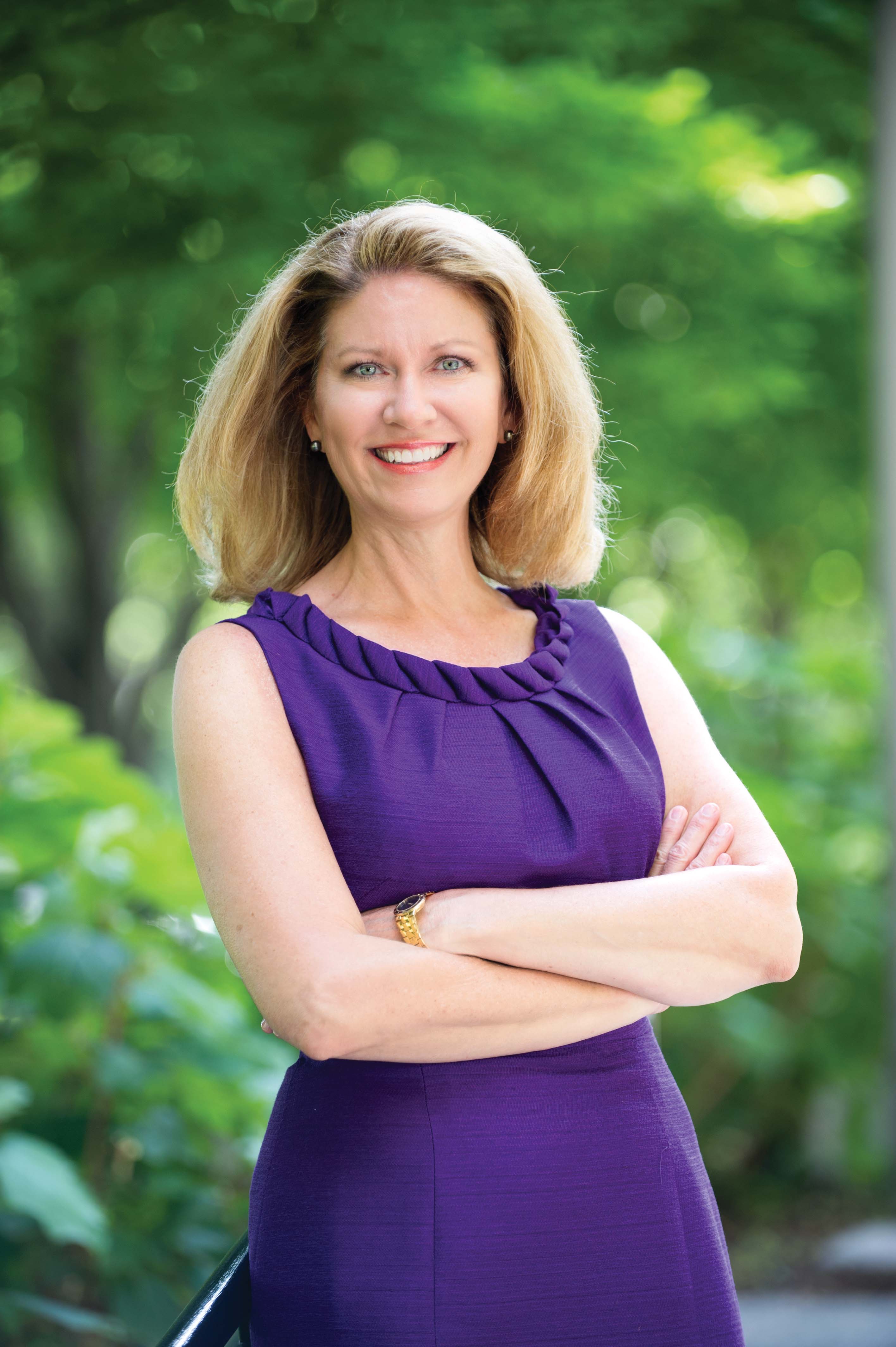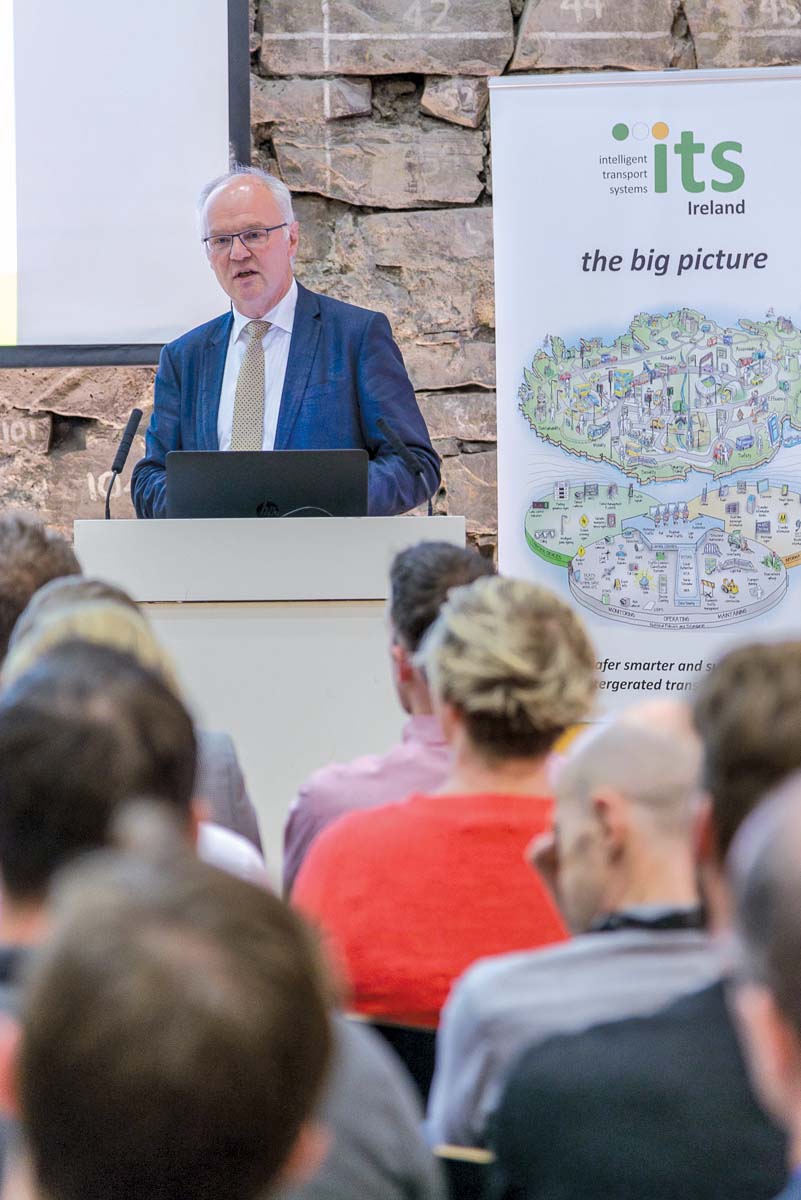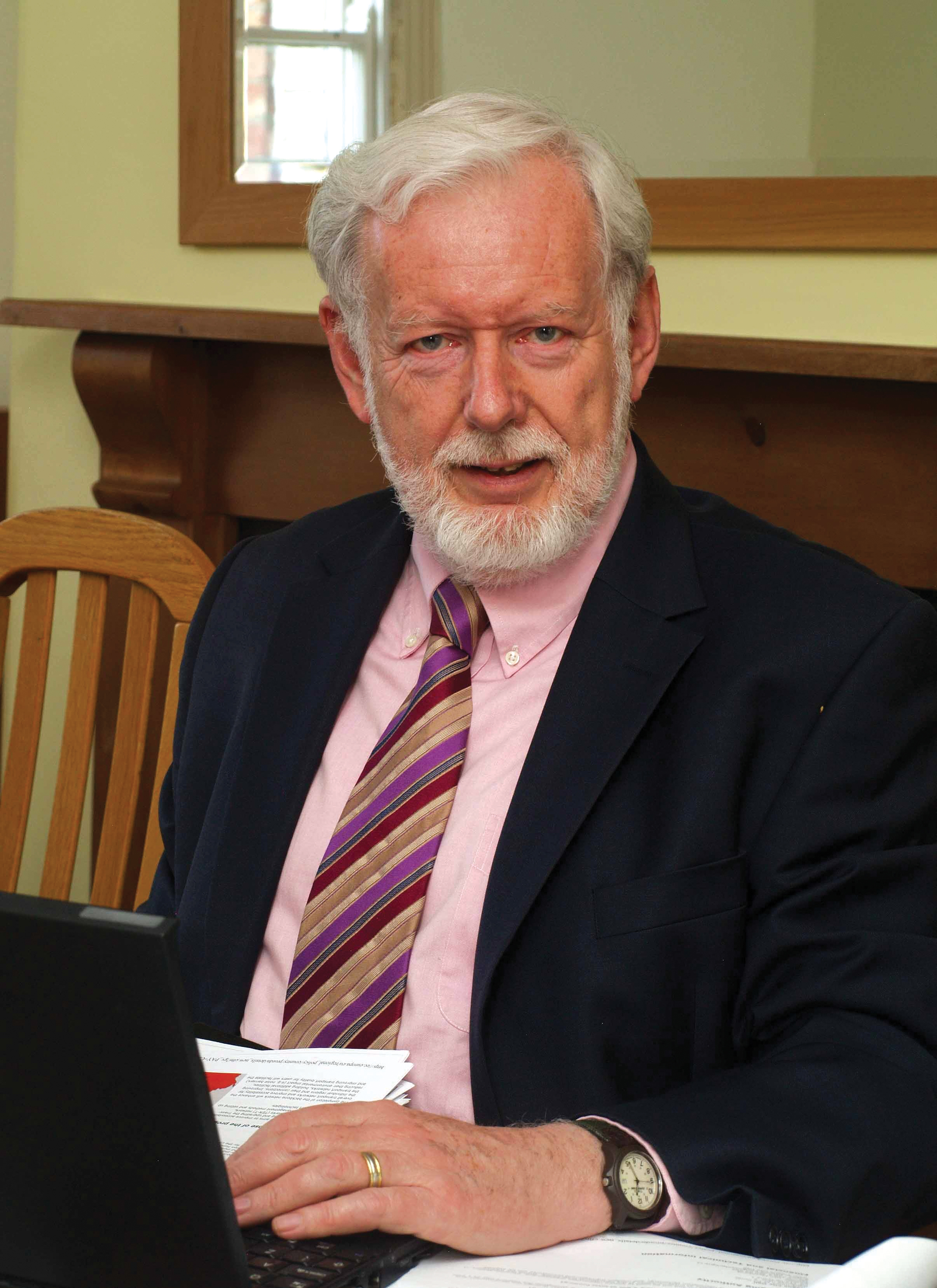
ITS America
Horizons widen at San Jose
“When you look at the changes taking place in technology, energy and telecommunications and the move toward smart cities, the focus on sustainability, environmental protection, safety and new business models, transportation is at the centre of all of them – the centre of the Internet of Things,” says Hopper, “But there is no one place where all those conversations are taking place – that is until ITS America 2016 San Jose.”
‘Disruption’ will be a common thread running through the event. “Companies like Uber and Lyft have already shown that disruption is part of rapid technological change, and all parties know they need to engage – and that’s what San Jose is all about.”
Each of the three days will examine a different aspect – each building on the previous – starting with ‘Wheels and Things,’ followed by ‘Infrastructure of Things’ and ‘Show Me the Money.’ Throughout the three days delegates will still be able to view live demonstrations and almost 100 papers have been submitted for review. Sessions are divided into seven pathways: #THISisITS: Exhibits and Demos, The Start-Up Zone, Perspectives on Terrorism, ITS University, The Aftermarket, Journey to Journal: Research and Academic papers and Government Policy Vs Business Vs Tech.
“A broad range of pubic, private, academic and research, the backbone of ITS America, will be represented in San Jose. They are all technology innovators, reflecting intelligent transportation’s role in the world of today and tomorrow,” Hopper said.
- %$Linker:
2 External <?xml version="1.0" encoding="utf-16"?><dictionary /> 0 0 0 oLinkInternal ITS New Zealand false #ITS-New-Zealand true false %> - %$Linker:
2 External <?xml version="1.0" encoding="utf-16"?><dictionary /> 0 0 0 oLinkInternal ITS Romania false #ITS-Romaina true false %>
- %$Linker:
2 External <?xml version="1.0" encoding="utf-16"?><dictionary /> 0 0 0 oLinkInternal ITS France ITS Frch false #ITS-France true false %> - %$Linker:
2 External <?xml version="1.0" encoding="utf-16"?><dictionary /> 0 0 0 oLinkInternal ITS Romania ITS Rom false #ITS-Romaina true false %> - ITS Ireland
- %$Linker:
2 External <?xml version="1.0" encoding="utf-16"?><dictionary /> 0 0 0 oLinkInternal TTS Italia false #TTS true false %> - %$Linker:
2 External <?xml version="1.0" encoding="utf-16"?><dictionary /> 0 0 0 oLinkEmail ITS Associations false #ITS true false %> - %$Linker:
2 External <?xml version="1.0" encoding="utf-16"?><dictionary /> 0 0 0 oLinkInternal ITS Singapore false #Sinagapore true false %>
- %$Linker:
2 External <?xml version="1.0" encoding="utf-16"?><dictionary /> 0 0 0 oLinkInternal ITS Texas false #ITS-Texas true false %> - %$Linker:
2 External <?xml version="1.0" encoding="utf-16"?><dictionary /> 0 0 0 oLinkInternal ITS South Africa false #ITS-SA true false %>
NZ supports driverless car trials
The association sees the guidelines as a key step in the Ministry’s 2014-2018 ITS Technology Action Plan to protect road user and vehicle safety.
Satellite positioning under scrutiny
ITS Romania director-general Mihai Niculescu is working with other European colleagues in the Satellite Positioning Performance Assessment for Road Transport (SaPPART) project, within the European Cooperation in Science and Technology (COST) programme. SaPPART acknowledges that, while road transport is estimated to represent more than 50% of the satellite-based systems market (75% including smartphone-based mobility services) lack of pan-European certification underpinned by agreed standards is delaying benefits.
SaPPART’s recent White Paper, ‘Better use of Global Navigation Satellite Systems for safer and greener transport’, highlights the “complexity of defining and assessing GNSS performance, which is highly vulnerable to environmental and operational scenarios”.
As a result, the problems of accurate and reliable positioning in challenging conditions are often underestimated. But it concludes that they can successfully be overcome by hybridisation with other positioning sensors and digital maps.
Start-ups on parade in Paris
Seven ITS start-ups demonstrated their wares at the 2016 edition of the association’s Rencontres de la Mobilité Intelligentes (Meeting up on Smart Mobility) event in Paris. The offers included: driverless pods for final journey stages; low-cost carpooling; cross-border EV charging; driver alertness monitoring; intelligent parking location to accommodate electric vehicles and car-sharing; intelligent bike-sharing; and V2V and V2I communication for autonomous vehicles.
Association administrator, Céline Charpentier told ITS International that the success of the venture means “strong possibilities” of a 2017 rerun.
ITS Ireland
Irish bursary to speed research
Thematic areas include cooperative driving, mobility as a service (MaaS), IT architecture for smart cities and machine learning. Likely figures range from €3600 (US$4000) for a three-month research internship to €24,000 (US$26,600) a year for a master’s or doctoral degree course.
The initiative springs from a 2015 study sponsored by the Arup Trust with a €5,000 (US$5,500) donation. Potential contributors are allowed to partner.
Freight projects on the move
Progress in major road freight-sector initiatives took centre stage at
PiCoGe is working on a national ITS architecture for hazardous freight transport, including a national reference point for relevant ITS projects and support for environmental risk calculation. DG Base is progressing a system for monitoring hazardous freight movements combining vehicle tracking data with visual observation.
Port Community System aims to enhance the overall speed and security of freight movement. A truck parking management project is running a trial in the Silician city of Catania.
Euro associations advising ITS Observatory
The Brussels-based Network of National ITS Associations has gained representation on the advisory panel for the ITS Observatory project, being funded for an initial two years by the EU. It aims to create a central ‘knowledge market’ for ITS data users and providers.
Network chair Roman Srp told ITS International: “We were active during the preparatory stage, and can now act as the primary gateway for national associations.” As vice-president and executive director of ITS Czech Republic and Slovakia, he also sees himself as a link with other Central and Eastern European groups.
Jennie Martin, general secretary of another panel member, ITS(UK), added: “The Observatory is well placed finally to deliver the on-line ITS information and contact resource which the sector has wanted for over 10 years. I see the panel working with partners on making it a perennial resource.” The Observatory’s first operational release is planned for April 2016.
Asia-Pac view on AVs
Chin Kian Keong, of the Singapore Autonomous Vehicle Initiative (SAVI), contributed a wider Asia-Pac perspective to the first of
His focus is on equipping the city state with AVs to help overcome challenges of growing travel demand, an ageing population, labour shortages and constraints on land use.
Singapore currently has several AV test-bedding projects underway; one, using a 10-seater driverless shuttle, being run in cooperation with Nanyang Technological University, where a student chapter of ITS Singapore is now active.
ITS training in Texas
In 2015, 13 members of the
Students are regularly active in research projects funded by agencies including the US National Sciences Foundation, the US Department of Transportation and the Texas Department of Transportation.
Their work focuses mainly on developing vehicle-to-infrastructure (V2I) communications: for example, to increase safety and reduce emissions in workzones, and to smooth approaches to intersections against solar glare.
The students are trialling two V2I systems, one using RFID and the other smartphones, on-road and via simulators.
African expansion in prospect
Prospects for more than doubling Africa’s tally of ITS national associations “in a few years” emerged at a recent workshop hosted in the Namibian capital, Windhoek, by the country’s Road Fund Administration, ITS Africa and ITS South Africa (ITSSA). ITSSA CEO Dr Paul Vorster said “sharing ITS knowledge and lessons learnt in project implementation can assist African countries by driving down costs and maximising ITS benefits”. He saw Botswana, Kenya, Namibia (where a new task force is examining feasibility and timing) and Uganda joining the ranks of ITSSA, ITS Ethiopia and ITS Nigeria.
www.itssa.org












